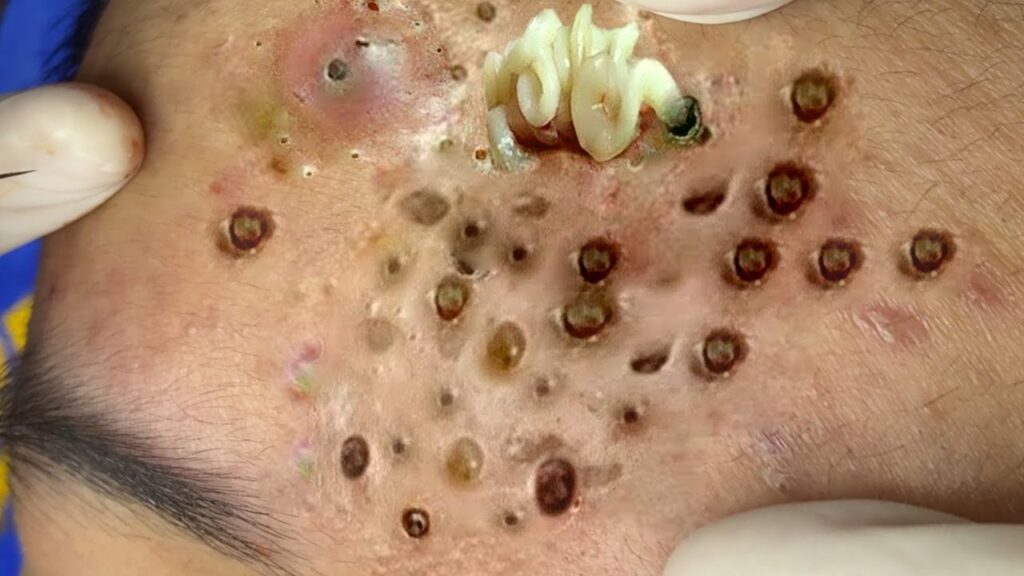
Health treatments are diverse methods that aim to improve well-being, relieve symptoms, and cure diseases. These methods can be grouped into conventional (biomedical), alternative, and holistic therapies. Each offers distinct perspectives and techniques, often working together to provide complete care. This essay will explore these various treatments, their principles, how they’re used, and how different approaches can be combined to improve patient results.
Conventional medicine, also called allopathic or biomedicine, is based on scientific research and clinical evidence. It focuses on diagnosing and treating diseases mainly through medications, surgeries, and other medical technologies. This approach is especially effective for managing acute conditions, infections, and life-threatening illnesses.
Medications are a cornerstone of conventional treatment. Doctors prescribe them to manage symptoms, cure diseases, or prevent health problems. For example, antibiotics combat bacterial infections, and antihypertensive drugs help control high blood pressure. The creation and use of medications are backed by extensive research and rigorous clinical trials, ensuring they are both effective and safe.
Surgery is another vital intervention, used to remove tumors, repair injuries, or correct physical abnormalities. It’s a critical tool for conditions such as appendicitis, fractures, and certain cancers. Thanks to advances in surgical techniques, like minimally invasive procedures, patients often experience faster recovery times and fewer complications.
Radiation therapy uses high-energy particles or waves, such as X-rays, primarily to treat cancer. Its goal is to destroy or damage cancer cells, stopping their growth and spread. Radiation can be used on its own or combined with surgery and chemotherapy, depending on the type and stage of cancer.


